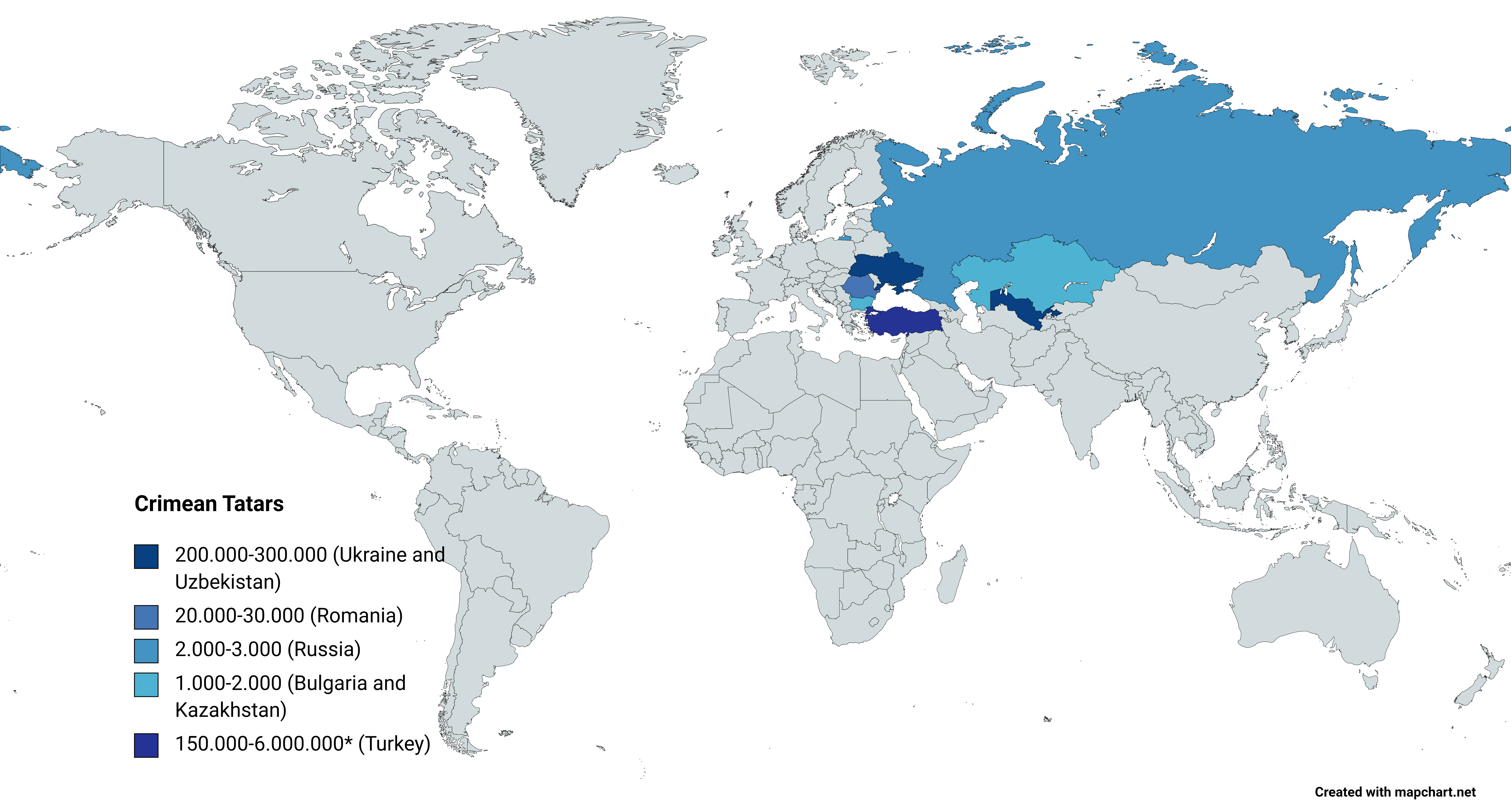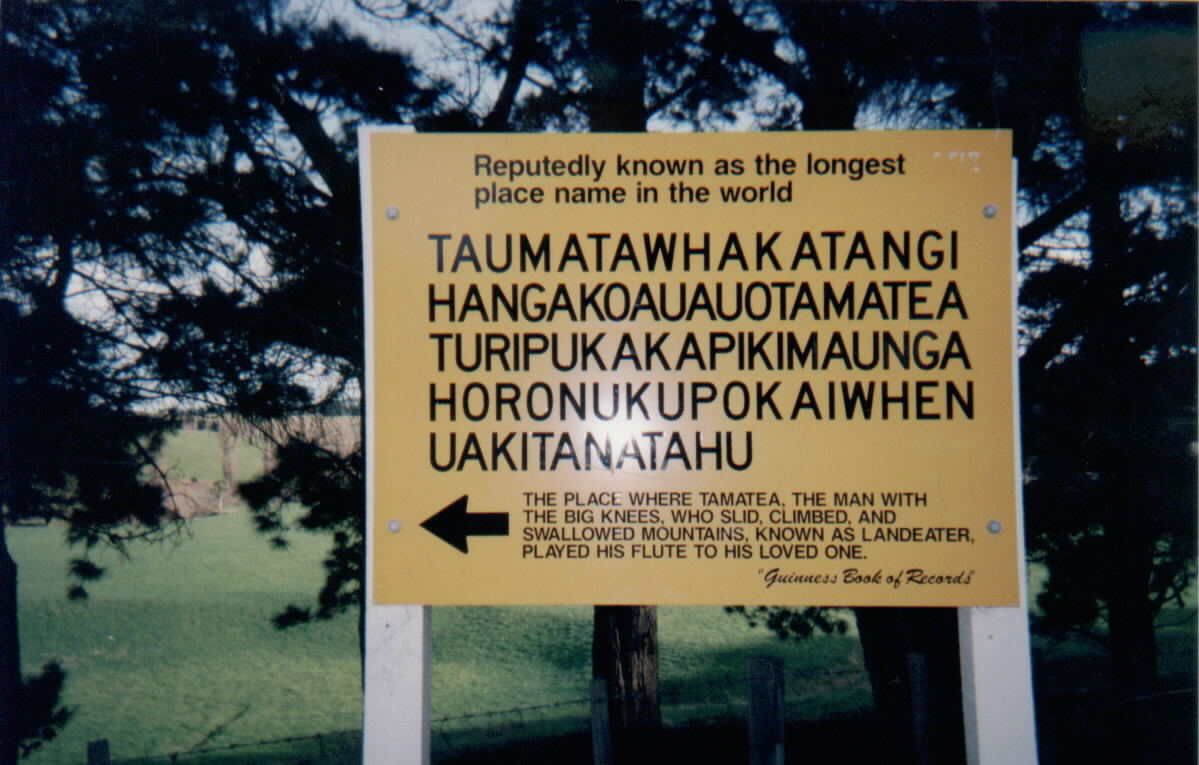|
Tatar (term)
Tatar is a term whose meaning varied throughout history. The Orkhon inscriptions, a group of 8th-century Old Turkic texts, include the first instances of the term (''otuz tatar'', ''toquz tatar''), where it most probably referred to a group of Mongolian-speaking tribes. Certain western groups of these tribes were later associated with Turkic tribes. Although the Tatar confederation was a long-time archenemy to Genghis Khan and his ancestors, later sources employed the term for most Mongol conquerors, the reason for which remains unclear. Within the Ottoman Empire The Ottoman Empire (), also called the Turkish Empire, was an empire, imperial realm that controlled much of Southeast Europe, West Asia, and North Africa from the 14th to early 20th centuries; it also controlled parts of southeastern Centr ..., the term gained the new meaning of “court messenger” replacing , coinciding with the undated establishment of Tatar Corps (), which is known to have undergone reorg ... [...More Info...] [...Related Items...] OR: [Wikipedia] [Google] [Baidu] |
Orkhon Inscriptions
The Orkhon inscriptions are bilingual texts in Middle Chinese and Old Turkic, the latter written in the Old Turkic alphabet, carved into two memorial steles erected in the early 8th century by the Göktürks in the Orkhon Valley in what is modern-day Mongolia. They were created in honor of two Turkic princes, Kul Tigin and his brother Bilge Khagan. The inscriptions relate in both languages the legendary origins of the Turks, the golden age of their history, their subjugation by the Tang dynasty, and their liberation by Ilterish Qaghan. According to one source, the inscriptions contain "rhythmic and parallelistic passages" which resemble that of epics. Name Orhon can also be transcribed as Orhun, and the inscriptions are also known as the Khöshöö Tsaidam monuments (also spelled ''Khoshoo Tsaidam'', ''Koshu-Tsaidam'' or ''Höshöö Caidam''), or Kul Tigin steles. The Khoshoo Tsaidam archaeological site (more images :Commons:Khoshoo Tsaidam , here) in the Orkhon Valley region is ... [...More Info...] [...Related Items...] OR: [Wikipedia] [Google] [Baidu] |
Old Turkic
Old Siberian Turkic, generally known as East Old Turkic and often shortened to Old Turkic, was a Siberian Turkic language spoken around East Turkistan and Mongolia. It was first discovered in inscriptions originating from the Second Turkic Khaganate, and later the Uyghur Khaganate, making it the earliest attested Common Turkic language. In terms of the datability of extant written sources, the period of Old Turkic can be dated from slightly before 720 AD to the Mongol invasions of the 13th century. Classification and dialects Old Turkic can generally be split into two dialects, the earlier Orkhon Turkic and the later Old Uyghur. There is a difference of opinion among linguists with regard to the Karakhanid language, some (among whom include Omeljan Pritsak, Sergey Malov, Osman Karatay and Marcel Erdal) classify it as another dialect of East Old Turkic, while others prefer to include Karakhanid among Middle Turkic languages; nonetheless, Karakhanid is very close t ... [...More Info...] [...Related Items...] OR: [Wikipedia] [Google] [Baidu] |
Mongolian Language
Mongolian is the Prestige (sociolinguistics), principal language of the Mongolic languages, Mongolic language family that originated in the Mongolian Plateau. It is spoken by ethnic Mongols and other closely related Mongolic peoples who are native to modern Mongolia and surrounding parts of East Asia, East, Central Asia, Central and North Asia. Mongolian is the official language of Mongolia and Inner Mongolia and a recognized language of Xinjiang and Qinghai. The number of speakers across all its dialects may be 5–6 million, including the vast majority of the residents of Mongolia and many of the Mongols in China, ethnic Mongol residents of the Inner Mongolia of China. In Mongolia, Khalkha Mongolian is predominant, and is currently written in both Cyrillic script, Cyrillic and the traditional Mongolian script. In Inner Mongolia, it is dialectally more diverse and written in the traditional Mongolian script. However, Mongols in both countries often use the Latin script for conve ... [...More Info...] [...Related Items...] OR: [Wikipedia] [Google] [Baidu] |
Turkic Peoples
Turkic peoples are a collection of diverse ethnic groups of West Asia, West, Central Asia, Central, East Asia, East, and North Asia as well as parts of Europe, who speak Turkic languages.. "Turkic peoples, any of various peoples whose members speak languages belonging to the Turkic subfamily...". "The Turkic peoples represent a diverse collection of ethnic groups defined by the Turkic languages." According to historians and linguists, the Proto-Turkic language originated in Central-East Asia, potentially in the Altai-Sayan region, Mongolia or Tuva.: "The ultimate Proto-Turkic homeland may have been located in a more compact area, most likely in Eastern Mongolia": "The best candidate for the Turkic Urheimat would then be northern and western Mongolia and Tuva, where all these haplogroups could have intermingled, rather than eastern and southern Mongolia..." Initially, Proto-Turkic speakers were potentially both hunter-gatherers and farmers; they later became nomadic Pastoralism, ... [...More Info...] [...Related Items...] OR: [Wikipedia] [Google] [Baidu] |
Tatar Confederation
The Tatar confederation (; ; ) was one of the five major tribal confederations (''khanlig'') in the Mongolian Plateau in the 12th century. Name and origin The name "Tatar" was possibly first transliterated in the ''Book of Song'' as 大檀 ''Dàtán'' (Middle Chinese, MC: *''daH-dan'') and 檀檀 ''Tántán'' (MC: *''dan-dan'')Peter Benjamin Golden, Golden, Peter B. "Some Notes on the Avars and Rouran", in ''The Steppe Lands and the World beyond Them''. Ed. Curta, Maleon. Iași (2013). pp. 54–56. quotes: "Datan may refer to the Tatars." " Kljaštornyj (Kljaštornyj and Savinov, Stepnye imperii, p. 57) reconstructs ''Datan'' as rendering *''dadar''/*''tatar'', the people who, he concludes, assisted Datan in the 420s in his internal struggles and who later are noted as the ''Otuz Tatar'' (“Thirty Tatars”) who were among the mourners at the funeral of Bumın Qağan (see the inscriptions of Kül Tegin, E4 and Bilge Qağan, E5)." which the book's compilers stated to be other na ... [...More Info...] [...Related Items...] OR: [Wikipedia] [Google] [Baidu] |
Genghis Khan
Genghis Khan (born Temüjin; August 1227), also known as Chinggis Khan, was the founder and first khan (title), khan of the Mongol Empire. After spending most of his life uniting the Mongols, Mongol tribes, he launched Mongol invasions and conquests, a series of military campaigns, conquering large parts of Mongol conquest of China, China and Mongol invasion of Central Asia, Central Asia. Born between 1155 and 1167 and given the name Temüjin, he was the eldest child of Yesugei, a Mongol chieftain of the Borjigin, Borjigin clan, and his wife Hö'elün. When Temüjin was eight, his father died and his family was abandoned by its tribe. Reduced to near-poverty, Temüjin killed Behter, his older half-brother to secure his familial position. His charismatic personality helped to attract his first followers and to form alliances with two prominent Eurasian Steppe, steppe leaders named Jamukha and Toghrul; they worked together to retrieve Temüjin's newlywed wife Börte, who had b ... [...More Info...] [...Related Items...] OR: [Wikipedia] [Google] [Baidu] |
Mongols
Mongols are an East Asian ethnic group native to Mongolia, China ( Inner Mongolia and other 11 autonomous territories), as well as the republics of Buryatia and Kalmykia in Russia. The Mongols are the principal member of the large family of Mongolic peoples. The Oirats and the Buryats are classified either as distinct ethno-linguistic groups or as subgroups of Mongols. The Mongols are bound together by a common heritage and ethnic identity, descending from the Proto-Mongols. Their indigenous dialects are collectively known as the Mongolian language. The contiguous geographical area in which the Mongols primarily live is referred to as the Mongol heartland, especially in discussions of the Mongols' history under the Mongol Empire. Definition Broadly defined, the term includes the Mongols proper (also known as the Khalkha Mongols), Buryats, Oirats, the Kalmyks and the Southern Mongols. The latter comprises the Abaga Mongols, Abaganar, Aohans, Arkhorchin, Asud, ... [...More Info...] [...Related Items...] OR: [Wikipedia] [Google] [Baidu] |
Ottoman Empire
The Ottoman Empire (), also called the Turkish Empire, was an empire, imperial realm that controlled much of Southeast Europe, West Asia, and North Africa from the 14th to early 20th centuries; it also controlled parts of southeastern Central Europe, between the early 16th and early 18th centuries. The empire emerged from a Anatolian beyliks, ''beylik'', or principality, founded in northwestern Anatolia in by the Turkoman (ethnonym), Turkoman tribal leader Osman I. His successors Ottoman wars in Europe, conquered much of Anatolia and expanded into the Balkans by the mid-14th century, transforming their petty kingdom into a transcontinental empire. The Ottomans ended the Byzantine Empire with the Fall of Constantinople, conquest of Constantinople in 1453 by Mehmed II. With its capital at History of Istanbul#Ottoman Empire, Constantinople (modern-day Istanbul) and control over a significant portion of the Mediterranean Basin, the Ottoman Empire was at the centre of interacti ... [...More Info...] [...Related Items...] OR: [Wikipedia] [Google] [Baidu] |
Tatar Corps
Tatar may refer to: Peoples * Tatars, an umbrella term for different Turkic ethnic groups bearing the name "Tatar" * Volga Tatars, a people from the Volga-Ural region of western Russia * Crimean Tatars, a people from the Crimea peninsula by the Black Sea * Siberian Tatars, a people from western Siberia * Afghan Tatars, an ethnic group in Afghanistan * Tatar (Hazara tribe), a tribe of Hazara people in Afghanistan * * Tatar confederation, one of the major Mongol tribes of the 13th century Languages * Tatar language, language of the Volga Tatars * Crimean Tatar language, language of the Crimean Tatars * Siberian Tatar language, language of the Siberian Tatars * Old Tatar language, literary language used among the Muslim Tatars from the Middle Ages until the 19th century * Tatar alphabet, scripts currently used for the Tatar language Places Azerbaijan * Tatar, Azerbaijan (other), various Tatar named places in Azerbaijan * Tatar, Jabrayil, a village in Azerbaijan * Tatar, ... [...More Info...] [...Related Items...] OR: [Wikipedia] [Google] [Baidu] |
Crimean Tatars
Crimean Tatars (), or simply Crimeans (), are an Eastern European Turkic peoples, Turkic ethnic group and nation indigenous to Crimea. Their ethnogenesis lasted thousands of years in Crimea and the northern regions along the coast of the Black Sea, uniting Mediterranean basin, Mediterranean populations with those of the Eurasian Steppe.''Агджоян А. Т., Схаляхо Р. А., Утевская О. М., Жабагин М. К., Тагирли Ш. Г., Дамба Л. Д., Атраментова Л. А., Балановский О. П.'Генофонд крымских татар в сравнении с тюркоязычными народами Европы, 2015 Genome-wide study of the Crimean Tatars unveiled connections between them and the genomes of individuals from the Steppe during the Bronze Age, specifically those associated with the Yamnaya culture, Yamnaya archaeological culture. Until the 20th century, Crimean Tatars were the most populous demographic cohort ... [...More Info...] [...Related Items...] OR: [Wikipedia] [Google] [Baidu] |
Words And Phrases
A word is a basic element of language that carries meaning, can be used on its own, and is uninterruptible. Despite the fact that language speakers often have an intuitive grasp of what a word is, there is no consensus among linguists on its definition and numerous attempts to find specific criteria of the concept remain controversial. Different standards have been proposed, depending on the theoretical background and descriptive context; these do not converge on a single definition. Some specific definitions of the term "word" are employed to convey its different meanings at different levels of description, for example based on phonological, grammatical or orthographic basis. Others suggest that the concept is simply a convention used in everyday situations. The concept of "word" is distinguished from that of a morpheme, which is the smallest unit of language that has a meaning, even if it cannot stand on its own. Words are made out of at least one morpheme. Morphemes can als ... [...More Info...] [...Related Items...] OR: [Wikipedia] [Google] [Baidu] |





